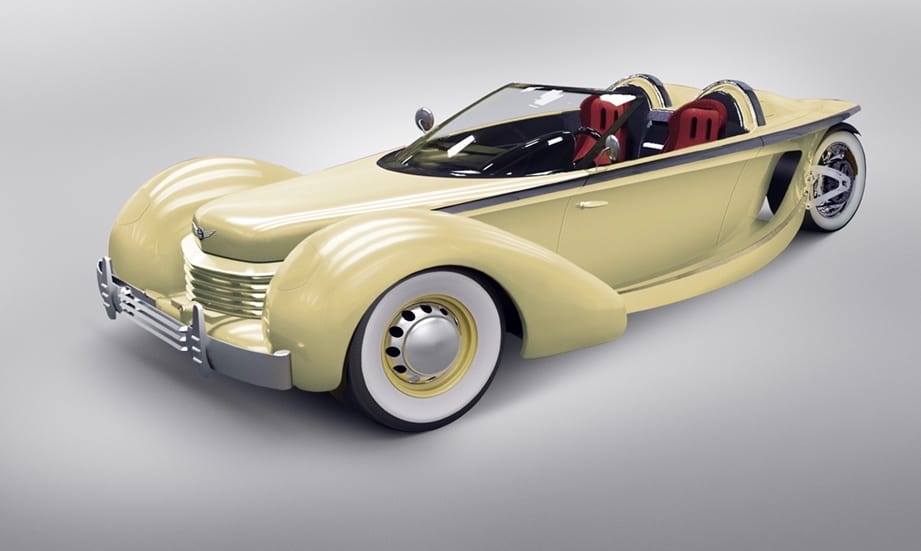SEMA reports progress on two federal issues it says are of vital interest to automotive enthusiasts.
The automotive aftermarket trade association’s suit against the National Highway Traffic Safety Administration has resulted in proposed regulations to finally implement the Low Volume Motor Vehicle Manufacturers Act passed by Congress in 2015. SEMA also reports that the RPM Act has been re-introduced in Washington.
“SEMA welcomes NHTSA’s proposed regulations and urges the agency to quickly finalize the rules,” the group’s president and chief executive Christopher Kersting was quoted in a SEMA announcement.
“The replica car law was enacted to much fanfare in 2015, with customers eager to buy classic cars celebrating America’s automotive heritage. Four years later, companies are now poised to hire workers, gear-up for production, and provide consumers the chance to buy turnkey replica cars.”
NHTSA issued proposed regulations — 118 pages of them — on December 12, with a 30-day time period for public comments on the proposal.”
When the Low Volume Act was approved, SEMA said it established “a new era for the kit-car industry” in the United States. The legislation allowed companies to reproduce a variety of classic vehicles, as many as 325 of each model per year, and exempted such vehicles from Monroney labeling and from many modern regulations, including certain emission laws and the need to pass crash testing procedures.
“The (new) law recognizes the unique challenges faced by companies that produce a small number of custom cars,” SEMA said at the time.
However, before production of such vehicles could begin, the law required NHTSA to issue final regulations by December 4, 2016. Nearly three years later, and with member companies still waiting for those regulations, SEMA filed suit.
In response, NHTSA issued proposed regulations — 118 pages of them — on December 12, with a 30-day time period for public comments on the proposal.
SEMA added that the federal Environmental Protection Agency and the California Air Resources Board have issued guidelines covering the engine packages to be installed in these replica vehicles.
“The bipartisan RPM Act of 2019 protects Americans’ right to convert street vehicles into dedicated racecars and the motorsports-parts industry’s ability to sell products that enable racers to compete.”
The automotive trade organization also noted that the Recognizing the Protection of Motorsports Act (H.R. 5434) has been re-introduced in the House of Representatives by Patrick McHenry (R-NC) and Raul Ruiz (D-CA).
“The RPM Act reverses the EPA’s interpretation that the Clean Air Act does not allow a motor vehicle designed for street use — including a car, truck or motorcycle — to be converted into a dedicated racecar,” SEMA said.
“The bipartisan RPM Act of 2019 protects Americans’ right to convert street vehicles into dedicated racecars and the motorsports-parts industry’s ability to sell products that enable racers to compete,” SEMA said.
“SEMA is urging its members and all racing enthusiasts to contact their members of Congress and ask for them to support the bill.”
To ease that process, SEMA has established a website designed to make it possible to notify your representatives in less than 30 seconds.
“The RPM Act is well-positioned to become law in 2020,” SEMA reported. “The bill cleared several major legislative hurdles in the previous Congress, including passage by the U.S. House Energy and Commerce Committee and hearings in the House and Senate…
“H.R. 5434 is the House counterpart to the Senate’s version of the bill, S. 2602, which was introduced by Senators Richard Burr (R-NC) and Joe Manchin (D-WV) and currently has 28 bipartisan cosponsors.”






So what ever happened to the RPM Act?
SEMA just went to court (again) in its battle with the EPA since the RPM Act is yet to pass Congress.